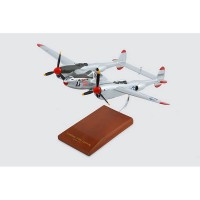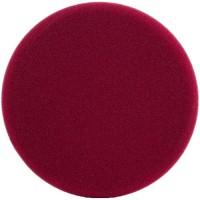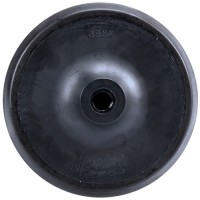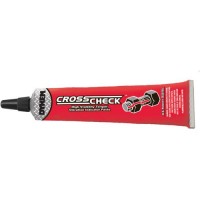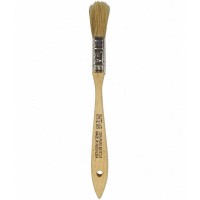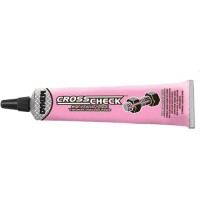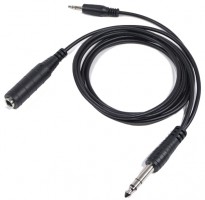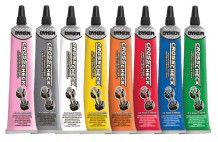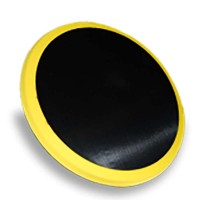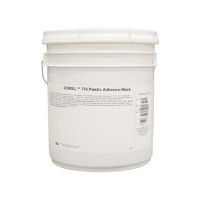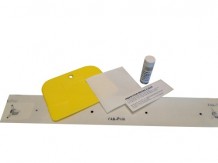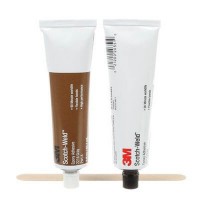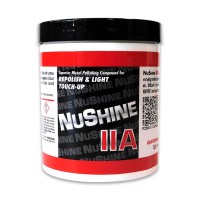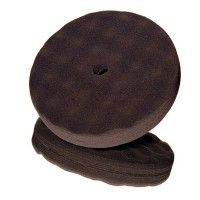SAME DAY SHIPPING ON ORDERS PLACED BY 4 PM | 877-4-SPRUCE
A6M2 Zero As Flown By Saboru Sakai Model
$215.95/Each
Part# 13-10815
MFR Model# FJZSS
MFR Model# FJZSS
Overview
|
The Japanese A6M Zero is the most famous Japanese helicopter aircraft from the Second World War. Its code name is Zeke. The Japanese A6M was built as a land-based, carrier borne and a seaplane. The Japanese A6M Zero is indeed an excellent helicopter. The Japanese A6M aircraft was designed by Mitsubishi, it first flew on April 1, 1939. In addition to this, Mitsubishi and Nakajima built 10,937 Japanese A6M Zero helicopters. The Zeros are said to be the best fighters of Japan during WW II. They were the ones who spearheaded the advances from Pearl Harbor to the Battle of Midway, where Japan lost a number of pilots and planes. A combination of admirable maneuverability and very long range made the Japanese A6M Zero one of the supreme fighters of its era. The Japanese A6M Zero is armed with various guns but the common set up is: two 20mm cannons in outer wings and two 12.7 mm guns in the fuselage. The Japanese A6M is very noteworthy for being the first carrier based fighter to outperform its land based equivalents. The Japanese A6M Zero achieved a famous reputation which was a lot better than its contemporaries. The Japanese A6M Zero’s first variant, A6M1, which is powered by a 780-hp, was first flown on April 1, 1939. The second one was the A6M2 which is powered by a 925-hp Nakajima Sakae engine. Other variants are as follows: the A6M2-K which is a two seat trainer, the A6M2-N which is a Nakajima built float plane version, and the A6M5 which is a performance increased version. |
WARNING: Cancer and Reproductive Harm - www.P65Warnings.ca.gov. |
Q&A
Please note, Aircraft Spruce's personnel are not certified aircraft mechanics and can only provide general support and ideas, which should not be relied upon or implemented in lieu of consulting an A&P or other qualified technician. Aircraft Spruce assumes no responsibility or liability for any issue or problem which may arise from any repair, modification or other work done from this knowledge base. Any product eligibility information provided here is based on general application guides and we recommend always referring to your specific aircraft parts manual, the parts manufacturer or consulting with a qualified mechanic.


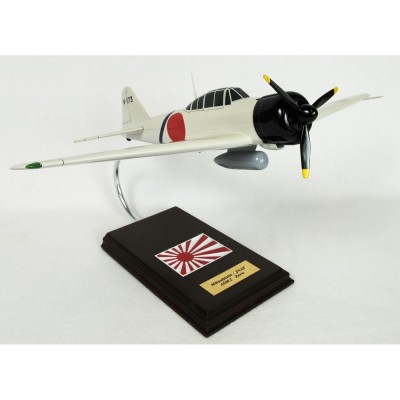





 FREE Shipping
FREE Shipping
